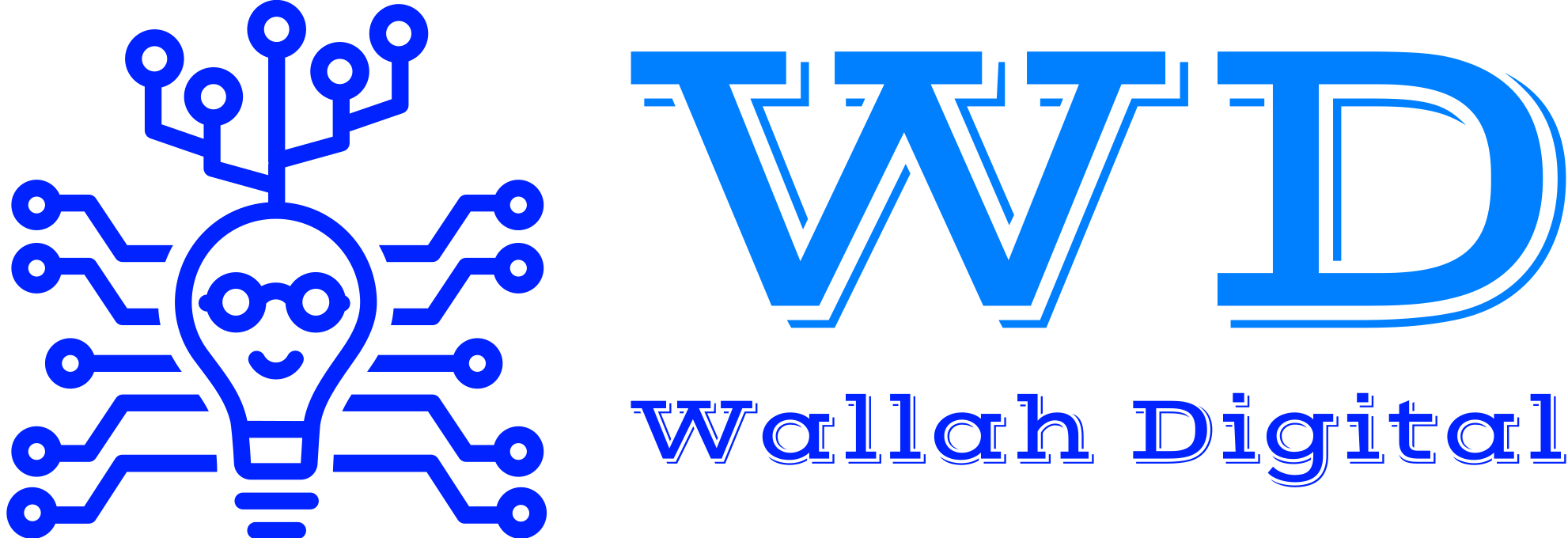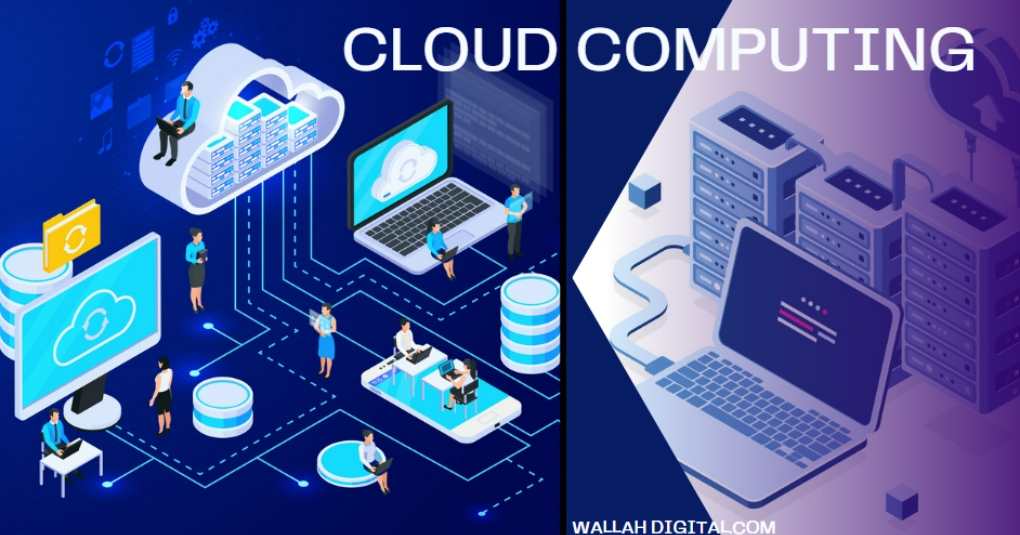Cloud Computing technology is the distribution of computing services that provide us servers, storage, databases, networking, software, analytics, and intelligence over the Internet to bid faster innovation with flexible resources, and economies of scale. In more advanced terms, cloud technology works through data centres. Your data is kept on virtual servers as different to taking up space on your phone, computer, or tablet. These virtual servers are connected to huge data centres which have the structure to store and protect your data.
It offers cost savings, scalability, high performance, economies of scale, and various additional advantages. The Cloud computing movement is indissolubly linked to data and IT modernization for many businesses. At the same time, it is a technology that enables users to access resources over the internet. With this technology, you can store accessing data and programs over the internet instead of your computer’s hard drive.
What are the types of Cloud Computing?
There are four main types of cloud computing: private clouds,
Public Cloud:
Public Cloud is an IT model where on-demand computing services and organizations are managed by a third-party provider. And shared with multiple organizations using the public Internet. Public cloud service providers offer you cloud-based services such as the infrastructure as a service (IaaS), platform. As a service (PaaS), or software as a service (SaaS) to users for either a monthly or pay-per-use fee, removing the need for users to host these services on-site in their own data centre.
This cloud service is like taking a room for rent Tenants may simply rent the use of those virtual machines. And they may pay for additional cloud-based services such as software applications, application development tools, or storage. Companies often use public cloud services for less-sensitive applications that have unpredictable spears in usage or for storing data that does not require frequent contact. The public cloud makes computing resources available to anyone for purchase. Multiple users characteristically share the use of a public cloud. In difference, the private cloud involves cloud-based services hosted within an organization’s own private servers.
Hybrid clouds:
hybrid clouds are used by companies. When a company switches to a hybrid cloud model, practically everything about how it manages data and workloads is changed. The business as a whole will eventually benefit from this fundamental transformation in people, processes, and technology, so IT departments need to be ready to explain how.
Many Companies use a hybrid cloud model to:
- Simplify operations
- Reduce risk
- Increase workload efficiency
- Broaden capacity to meet spikes in demand
- Reduce costs
With all these advantages, a hybrid cloud model boosts an organization’s overall flexibility and quickness, reducing the time it takes to launch new services from months to hours. Less staff is needed to manage the process because developers can repeat, test, and organize new applications remotely. Additionally, IT departments can scale back their on-premises cloud infrastructure to avoid making costly capital expenditures.
Moreover, with a hybrid cloud model, developers are able to create and modify their cloud infrastructure requirements themselves using new software. That power also adds to increased speeds and productivity. It also saves a lot of time and capital expenditure.
Multi clouds:
Multi-cloud refers to the occurrence of more than 1 cloud placement of the same type (public or private), sourced from different vendors. A hybrid cloud refers to the presence of multiple deployment types (public or private) with some form of combination or instrumentation between them.
A multi-cloud approach involves 2 public cloud settings or 2 private cloud settings. A hybrid cloud approach could involve a public cloud setting and a private cloud setting with infrastructure (enabled by application programming interfaces, middleware, or containers) enabling workload portability.
Also read: Blockchain and opera gx

